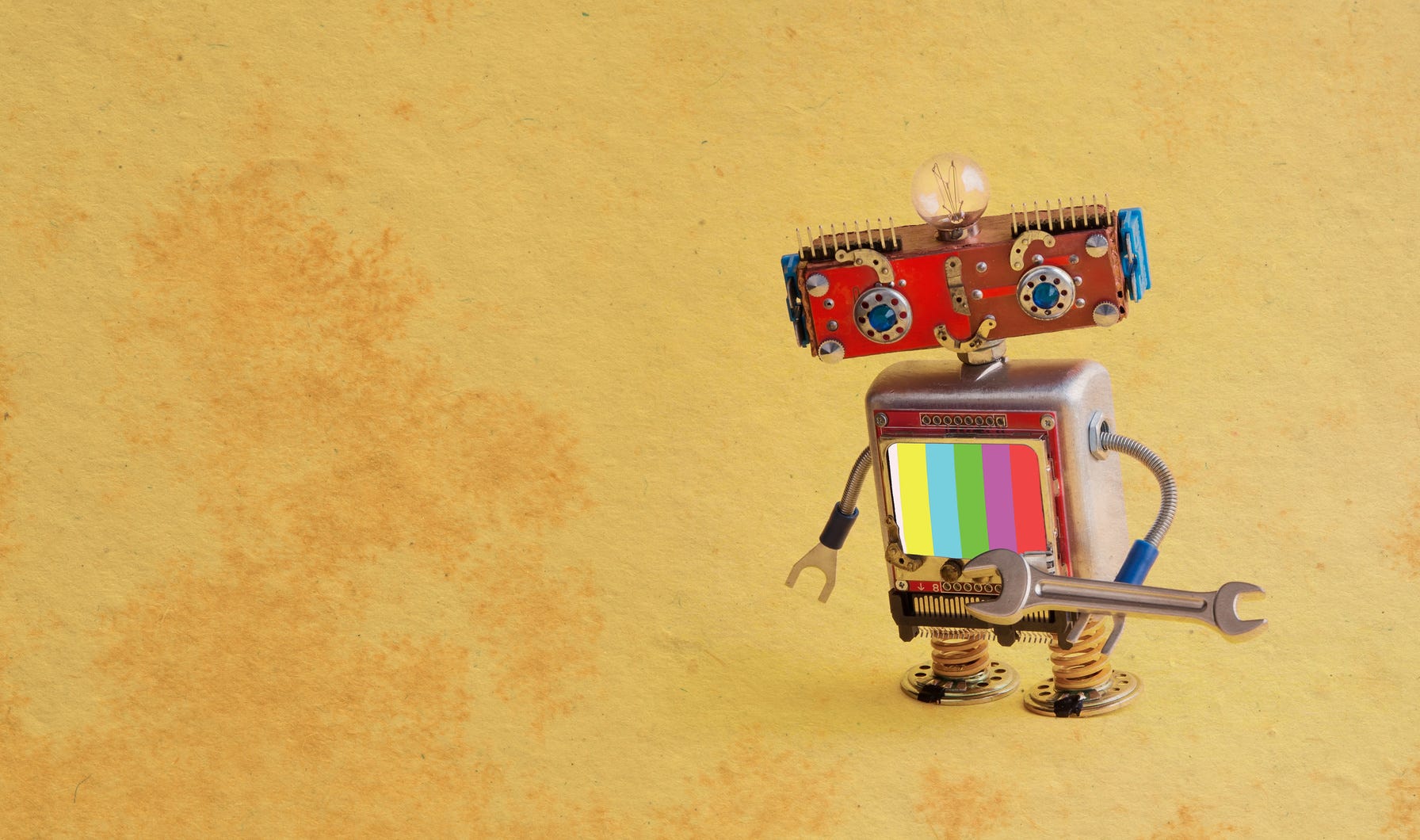[vc_row type=”in_container” full_screen_row_position=”middle” scene_position=”center” text_color=”dark” text_align=”left” overlay_strength=”0.3″ shape_divider_position=”bottom”][vc_column column_padding=”no-extra-padding” column_padding_position=”all” background_color_opacity=”1″ background_hover_color_opacity=”1″ column_shadow=”none” column_border_radius=”none” width=”1/1″ tablet_text_alignment=”default” phone_text_alignment=”default” column_border_width=”none” column_border_style=”solid”][vc_column_text]
There’s a lot of terms being thrown around in the market – artificial intelligence (AI), machine learning, chatbots and with all the confusion, people are having a hard time understanding the differences. Here’s a 101 on chatbots and the top common misconceptions people have of them!
What’s the Difference?
Artificial Intelligence (AI) was developed in the 1960’s with the vision to have computers solve tasks.
Natural Language Processing (NLP) is the layer that communicates between computers and humans – think of it as a Google Translator for computer to human communication. It needs to understand the nuances and context of human speech and the written word.
Machine Learning (ML) is a algorithm that uses NLP to figure out how to use the data and put it into action. For instance, if you’re a smart watch user, you can use your watch to automate several tasks. It can count your footsteps so you don’t need to record the amount of physical activity you did in one day and set your alarm clock so you’re never late for work. Pair your watch with smart appliances, now your bathroom floors are heated to the right temperature before you jump in the shower and your coffee is brewing and ready for you. Taking data and automating tasks in the real world to provide results!
Deep Learning (DL) takes it one level down. It does more then just automating tasks. It’s actually building a brain or neutral networks, to learn and improve on itself. Take the self-driving car for example, with the use of sensors and analytics it is able to learn the obstacles on the road and make intelligent decisions to keep the passengers safe.
Where do Chatbots Fit In?
Chatbot is the messenger interface/platform for human to computer interactions. Depending on the type of chatbot, it can have AI working in the background or not.
A basic rule based chatbot can answer questions based on the parameters that are set, such as what time are you opened, does your restaurant use nuts, etc. If the FAQs haven’t been scripted into the rule based chatbot then the bot wouldn’t provide a definitive answer.
A contextual based chatbot, uses AI in the background to understand what the user is asking – the chatbot is able to understand if, and, or, but, questions so it can handle complex tasks.
Common Misconception of Chatbots

- During a launch your chatbot must be perfect.
No your chatbot doesn’t need to know everything under the sun. You can teach it to learn and incorporate more data to your bot over time. However, it should be able to answer the top 10 question you get regularly.
- Chatbots will replace apps.
No chatbots won’t replace apps. Businesses today need both tools. The chatbot provides a text based interactions whereas an app provides visual content.
- Chatbots can run on any messenger app.
Yes you can run your bot on any messenger app that is suitable for your business, however it must be preconfigured for each platform. In essence if you’re looking for a chatbot for Facebook, Twitter, WhatsApp, etc, you would need a bot built for each version.
- Chatbots will replace humans.
No not that soon! Chatbots are there to supplement and augment your staff coverage. It’s next to impossible to have 24/7 coverage. You may have an auto-response set up for after hour customer inquires. However the auto-responses are limited in functionality – it may not provide a relevant response and it could turn your customers off! A chatbot will provide a relevant answer based on the question it received. But in no way, will it replace human-to-human interaction.
Chatbots are not synonymous with AI and vice versa. Chatbots is a messenger platform for your customers to contact you. It can be used for lead capture, for answering FAQs, and/or be sophisticated enough, to make recommendations (provided that AI is working the background). It’s a technology investment that can give you a quick ROI. If you’re looking to replace a basic auto-responder with more sophisticated technology, then consider using a chatbot. Learn how the Toronto app developers at TheAppLabb can help you with your chatbots.
[/vc_column_text][/vc_column][/vc_row]
